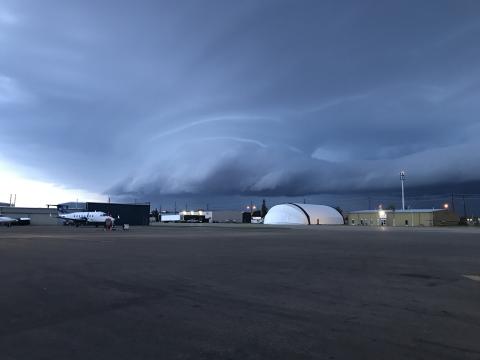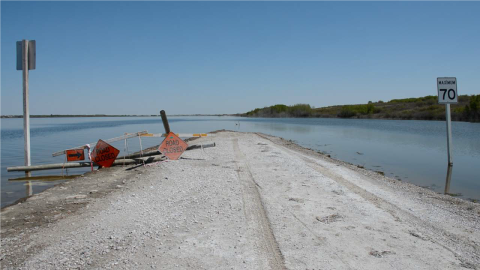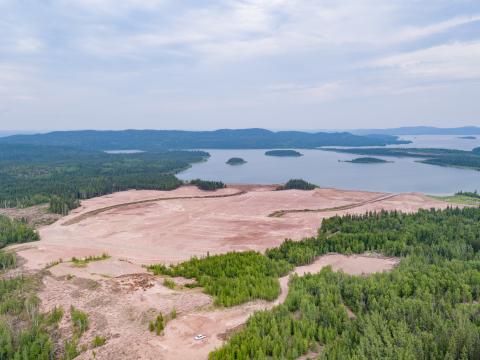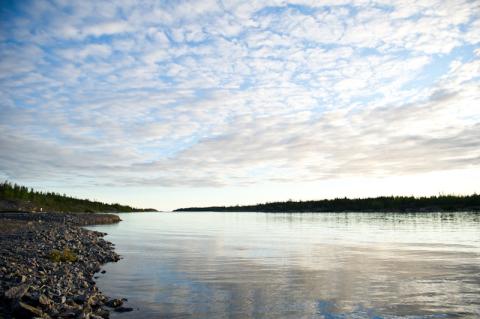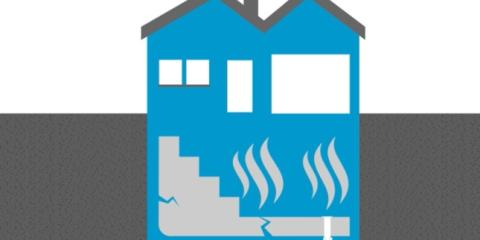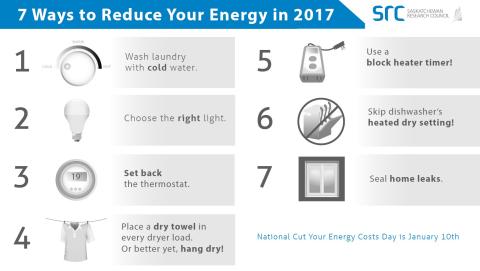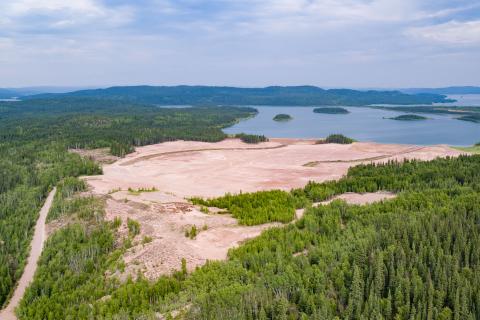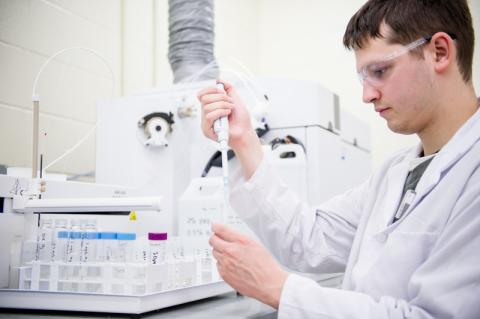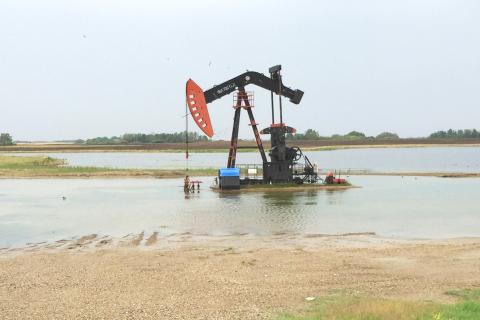Inside SRC
Extreme summer weather can have significant impacts our economy, society and environment. We’re talking about hail, tornadoes, plow winds, no rain, hot temperatures - all of which can lead to flooding, drought, insects, diseases and forest fires. It’s important to prepare for these types of weather events, so we can reduce the impacts and become more adaptable.
This blog was written by former SRC employee, Virginia Wittrock. Every year, Saskatchewan faces the possibility of disaster stemming from natural hazards, such as severe weather, floods, drought and...
SRC's Community of Practice was a vital resource during the Lorado Remediation Project, providing resources and expertise to the project team. Find out the two important roles project management and cross-divisional support played in the successful remediation of the Lorado Mill Site.
Easy access to clean drinking water is something Canadians often take for granted because of the abundance of water sources, from coast to coast. But there’s a lot that goes into actually ensuring the water we drink is safe and clean, including testing.
We know that wetlands, both in Canada and globally, store huge amounts of carbon. While we understand it’s important to store carbon, reduce CO2 emissions and mitigate climate change, we’re also aware that we need a greater understanding of how best to measure the carbon stored in wetlands.
Did you know that Saskatchewan has some of the highest rates of elevated radon in homes and buildings in Canada? Sandy Hutchison from Health Canada guest blogs about how people can protect themselves and their families from radon.
Energy is an intrinsic part of our daily lives, and it has become so common to simply make toast or coffee in the morning that we often forget how valuable energy is. For National Cut your Energy Costs Day on January 10, 2017, we are sharing seven ways to reduce your energy costs.
In 1960, the Lorado Mill was abandoned in northern Saskatchewan, leaving an estimated 227,000 cubic meters of radioactive uranium tailings that covered the mill site and flowed into nearby Nero Lake. In 2008, SRC was contracted to clean up the site, which began a multi-year journey to reduce the risk to human health, wildlife, and aquatic life.
Laboratory test results impact many areas of our daily lives. Accreditation enhances the public confidence in those test results. Find out how lab gets accredited, who does the accrediting and what role quality personnel play in maintaining standards.
In a recent case study, we examined historic and future climate extremes and variability in the Souris River Watershed that are impacting the energy sector. Find out how the energy sector has responded to extreme climate events and what future adaptation actions the they can implement to capitalize on potential opportunities and to reduce risks in a changing climate.
